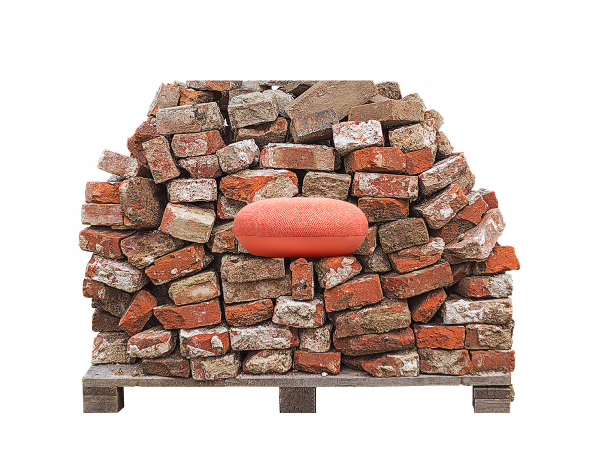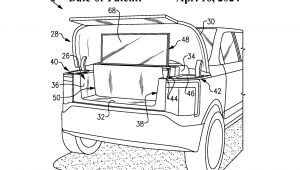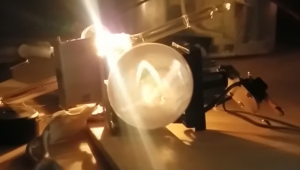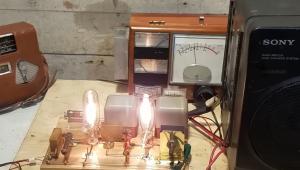The Google Paperweight: Just Another Brick in the Wall

After carefully weighing the complex moral and ethical issues involved here, I have determined the answer to the question of the manufacturer’s liability. Hell to the yes! Interestingly, this moral dilemma is no theoretical exercise. This exact kind of software malfeasance is what happened to some customers who bought Google Home and Mini speakers.
What we are dealing with here is something called “bricking.” That’s when an electronic device becomes unable to function, usually on a permanent basis. The culprit could be physical damage, a fried component, or other catastrophic hardware failure. But the cruelest kind of bricking is when a flash or firmware update goes bad, and the software crashes into an unrecoverable state. Has this ever happened to you? Voila! Your new phone is now a brick!
In olden times, when electronic gear was having a bad day it was usually a blown fuse or something relatively simple to troubleshoot and remedy. Then, as gear became more complicated and software-based, the causes of failures, along with the effort required to remedy them, increased exponentially. Things like buggy code, malware, and ransomware became major headaches. The most infuriating culprit of all: good intentions. Hey! Congratulations! Standby while we update your device...oops!
Which brings us to Google Home and Mini speakers. An automatic firmware update went out over the internet and almost immediately users around the world began to report their devices going belly up. How do you know if your smart speaker is toast? For starters, it will be unresponsive to any command. Another reported symptom in this case was that the LEDs on top remained lit, passive aggressively mocking the user’s inability to control this particular minion. Some customers apparently exorcised the demon by unplugging their device for 10 seconds or employing the factory reset button, but those fixes unfortunately didn’t work in most cases.
The LEDs on top remained lit, passive aggressively mocking the user’s inability to control this particular minion.
So far, there is no word on exactly what caused the outage, or what percentage of devices were afflicted. At least according to Google, “a small number of devices are affected.” Reportedly, the newer Google Nest Mini is immune to the bug.After initially saying that it would not replace out-of-warranty speakers, Google quickly changed course and said that it would replace speakers that were found to be unresponsive due to the automatic update irrespective of their warranty status. If you are the proud owner of a Google Paperweight, you are asked to contact Google Nest customer service for further instructions. Helpfully, Google says it has developed a way to prevent any future updates from ruining more speakers. I appreciate that bit of confidence-building to allay fears about buying another Google smart speaker, but I’m not sure how much I trust it. Do you think Google would back its statement with a $1,000 guarantee or something? I don’t think so.
I also find it interesting that rather than fixing the broken devices with another online update, they must be replaced entirely. It’s kind of scary that a bit of bad software can so thoroughly nuke a device that it’s unrecoverable. I could understand that if the intent of the software is solely to destroy a device (the example of Stuxnet and Iranian nuclear centrifuges comes to mind), but the idea that a routine update can be so harmful is pretty alarming. I suppose that the new firmware somehow also disabled the ability of the device to be updated; the offended memory chip could be replaced, but that would be prohibitively expensive. So instead, the device is just junked.
I guess it’s just another day in the brave new world of software-based audio/video. Good luck to the products in your home standing by to receive new firmware whenever the manufacturer decides it is time to “improve performance.”
And what happens to that poor, forlorn, defunct Google smart speaker sitting there on your kitchen counter? Well, like they say — just another brick in the wall.
Ken C. Pohlmann is an electrical engineer specializing in audio topics as a consultant and writer. He is Professor Emeritus at the University of Miami.
Also see:
























































